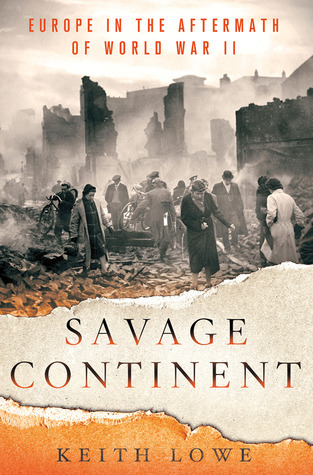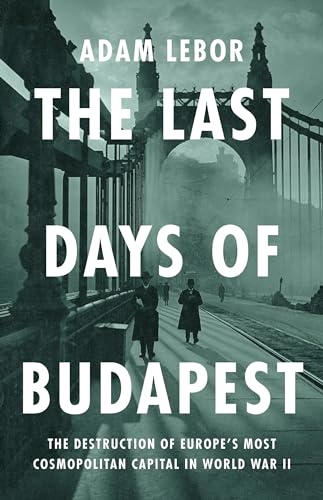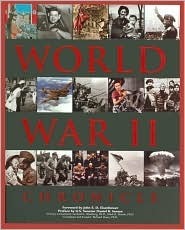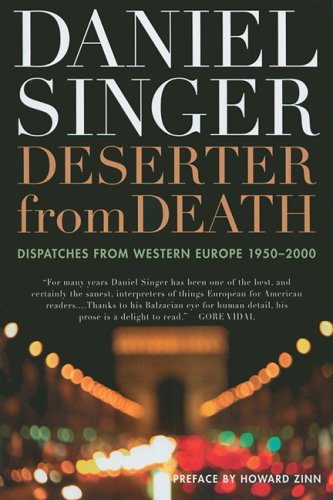
Savage Continent: Europe in the Aftermath of World War II
Book Description
Amid the ashes of World War II, Europe spirals into chaos, where survival is the currency and the shadows of betrayal loom large. Cities lie in ruins, and desperate citizens navigate a landscape filled with hunger, violence, and shifting allegiances. From the scorched earth of Germany to the aching scars of Eastern Europe, this gripping account reveals the haunting aftermath of conflict, as ordinary people become entangled in extraordinary circumstances. As history’s dark chapters unfold, one question echoes: how does humanity rebuild itself when the very foundations of society have crumbled away?
Quick Book Summary
"Savage Continent" by Keith Lowe is a harrowing exploration of Europe in the immediate aftermath of World War II. The book exposes the continent’s descent into chaos, brutality, and moral ambiguity during the years following the conflict’s official end. As war-torn nations confronted the colossal task of rebuilding, they faced not just physical destruction, but also ongoing violence, hunger, and revenge that fueled a cycle of suffering and upheaval. Lowe reveals how the profound disintegration of order fostered civil wars, ethnic cleansings, population transfers, and the blurring of moral boundaries, making recovery far from straightforward. Through eyewitness accounts and meticulous research, Lowe portrays the persistence of lawlessness and the challenges of justice, showing that peace was not simply declared—it had to be forged amidst persistent brutality and shifting allegiances. This deeply researched narrative forces readers to reckon with the complex, often tragic realities of Europe’s true postwar experience.
Summary of Key Ideas
Table of Contents
The Breakdown of Social Order in Postwar Europe
As the guns fell silent in May 1945, Europe faced more than physical devastation. Societies, shattered by years of conflict, found their traditional norms and institutions destroyed or discredited. Cities lay in ruins, food was desperately scarce, and millions were homeless. In many places, the end of Nazi occupation marked the beginning of new conflicts, as old hatreds resurfaced or new ones were born. For countless Europeans, daily life became a struggle to survive amidst the disorder, with looting, lawlessness, and uncertainty prevailing.
Cycles of Violence, Revenge, and Retribution
Retribution and revenge became widespread, as individuals and communities sought justice for wartime atrocities, either through legal channels or through mob violence. Collaborators and alleged traitors often became the targets of summary vengeance ranging from public humiliation to brutal lynchings. These waves of violence were not limited to any one country but spread across the continent, affecting both Western and Eastern Europe. Ethnic hostilities, unresolved grudges, and a desire for restitution fueled a cycle of retribution that often led to further suffering for civilians caught in the chaos.
Widespread Displacement and Ethnic Cleansing
One of the most significant consequences of the postwar turmoil was the massive, often forced migration of populations. Central and Eastern Europe witnessed dramatic shifts as millions—Germans expelled from former settlements, refugees fleeing advancing armies, survivors released from camps—were uprooted and moved across borders. These population transfers led to humanitarian crises, with disease, hunger, and violence compounding the trauma of displacement. Lowe emphasizes how these upheavals fundamentally altered the demographic and cultural landscape of postwar Europe, leaving scars that would endure for generations.
Struggle for Justice and the Reinvention of Societies
Amidst the violence and displacement, societies attempted to restore order and seek justice. War crimes trials—both at Nuremberg and in local jurisdictions—set precedents but also reflected the victor's justice. In many cases, local communities took the law into their own hands, blurring the line between justice and vengeance. At the same time, nations had to reconstruct their political systems, often while confronting the challenge of expunging collaborators from public life. The integrity of postwar justice and the legitimacy of new governments were frequently contested, complicating the path to stability.
Complex Moral and Political Legacies
Lowe concludes by examining the complex legacies of this turbulent era. The harsh experiences of these years shaped national identities, political divisions, and memories well into the late twentieth century. As Europe moved toward reconstruction and the hope of integration, the violence and suffering of the postwar period cast a long shadow. By documenting these hidden and uncomfortable truths, Lowe invites readers to reconsider conventional narratives of liberation, reminding us that true peace required far more than simply ending the fighting—it demanded a reckoning with the cycles of brutality unleashed by war.
Download This Summary
Get a free PDF of this summary instantly — no email required.





